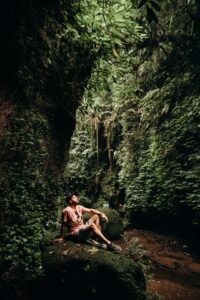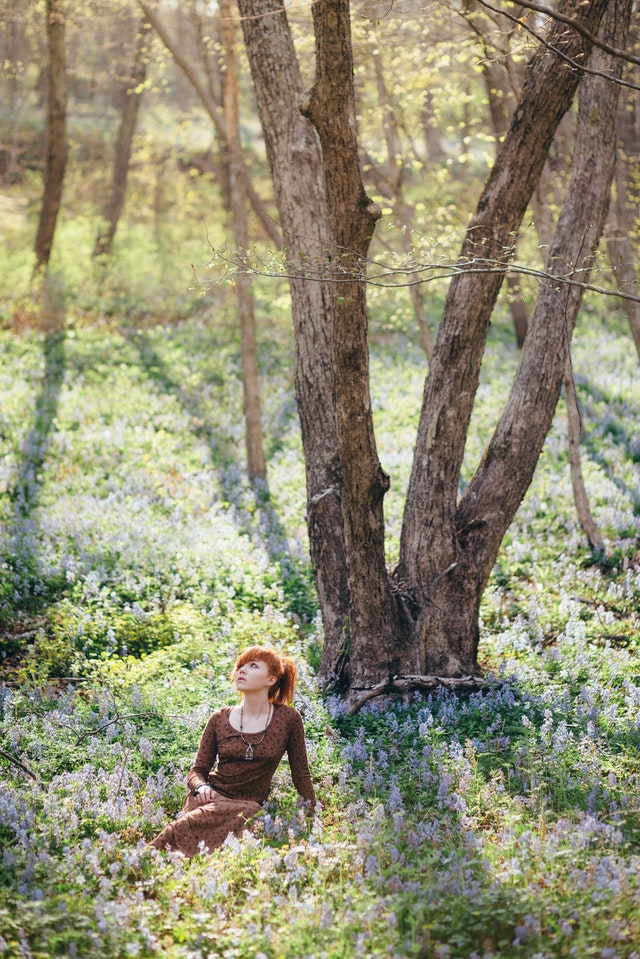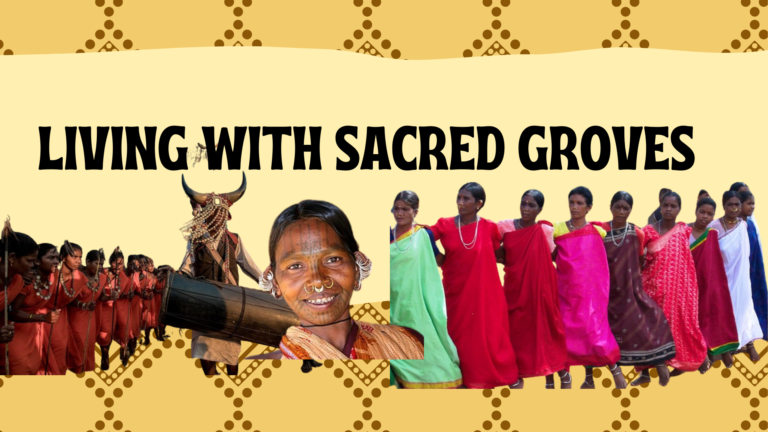Forest bathing is a term that has been around for a while. It could be thought of as a fitness trend or just a simple mindfulness practice. Back in the 1980s, the Japanese term Shinrin-Yoku (“forest bathing” or “taking in the forest atmosphere”) came into light. This was considered to be a physiological and a psychological exercise.
The reasons for this term to become popular were two-fold. First was to offer relief against the tech-boom burnout. Second, to help the people reconnect with nature and engage in forest conservation. This phenomenon became an instant hit and was embraced immediately by the Japanese.
During the 1990s, this form of eco-therapy was under the microscope to get a deeper understanding. The objective was to decipher the physiological benefits of forest bathing. Basically, the benefits of spending time in nature was to be backed by Science.
Even though the Japanese were considered to be the pioneers of forest bathing, the concept itself is not new at all. In fact, there are many cultures that lay emphasis on spending time within nature.
So how does a person engage in forest bathing?
Firstly one needs to understand that this is not some exercise like hiking or jogging. It basically means that one must spend time in nature. Becoming aware of your senses (sight, hearing, taste, smell, and touch) is another way to go about this. Shinrin-Yoku works like a bridge where if you open your senses, you can reduce the gap between you and the natural world around you.

The most important step is to find a nice spot in nature. The next step is to ensure that there are no devices that may distract you (phone, camera, etc). One needs to spend time walking slowly and aimlessly and follow your instincts. Allow your body to be your guide. Try and figure out where your body wants to go and take your time with it. On the bright side there is no wrong or right way to do this. Try to tune in with the sounds, sights, and smells of nature as you start to let the forest in.
For people who live in urban dwellings, it can be very difficult to slow down. This holds true especially if you spend the entire week just pushing and rushing; you forget how to be still. A guide with prior experience in forest therapy can take you a long way and make the process more comfortable. You just need to find the perfect environment according to your needs.
Several forests have therapy programs that also include guided walks. They also offer check-ups by doctors and make you fill out psychological questionnaires in order to figure out the best course of action for you.
Irrespective of this, a forest bath can also be done without a guide considering there are many activities that you can engage in to try and connect with nature. Some of these activities include yoga, hot-spring therapy, picnics, T’ai Chi, breathing exercises, and meditation. Additionally, one can also engage in art, pottery, and even plant watching and birding. The best thing about Forest bathing is that it does not matter how fit you are. This is suitable for people of all fitness levels.




